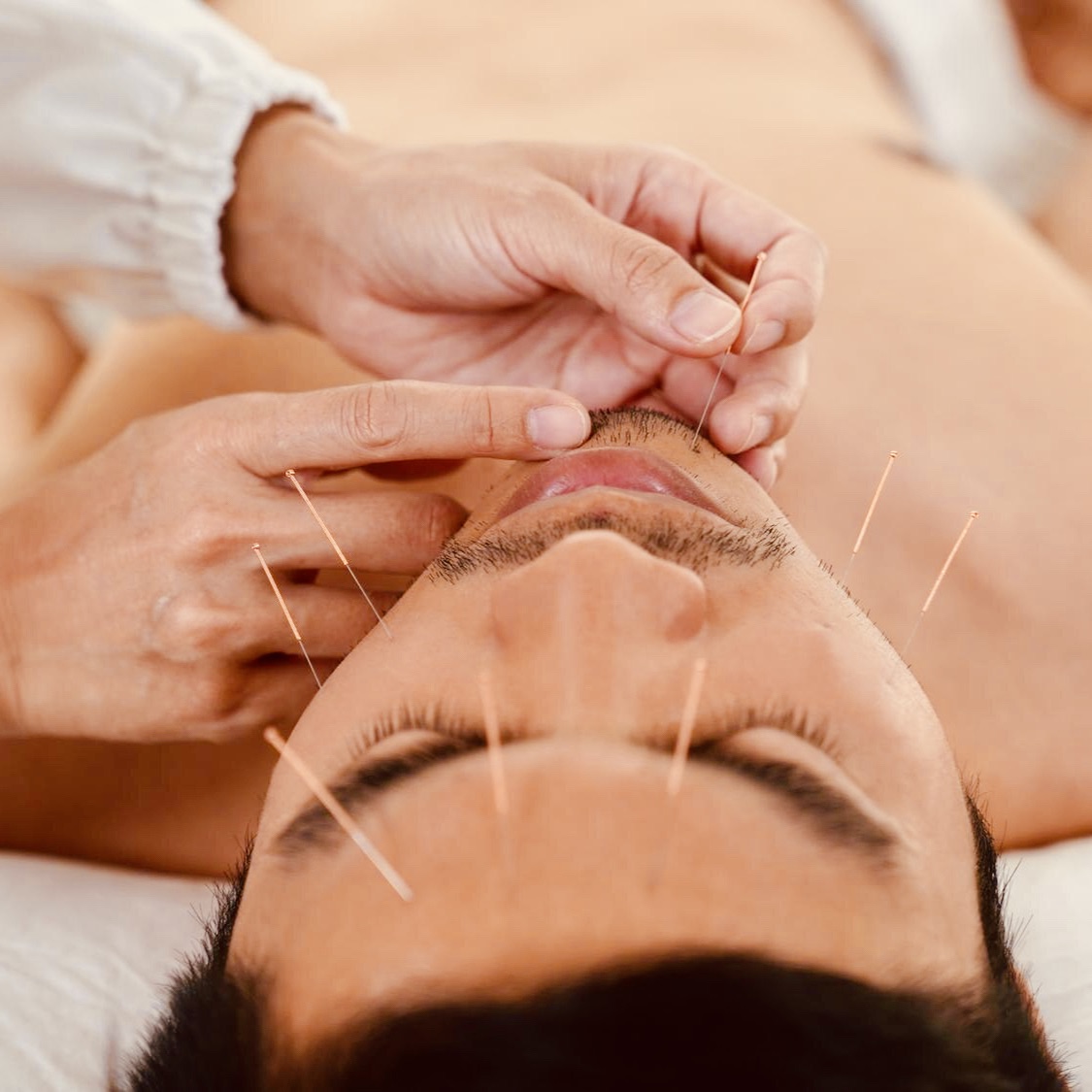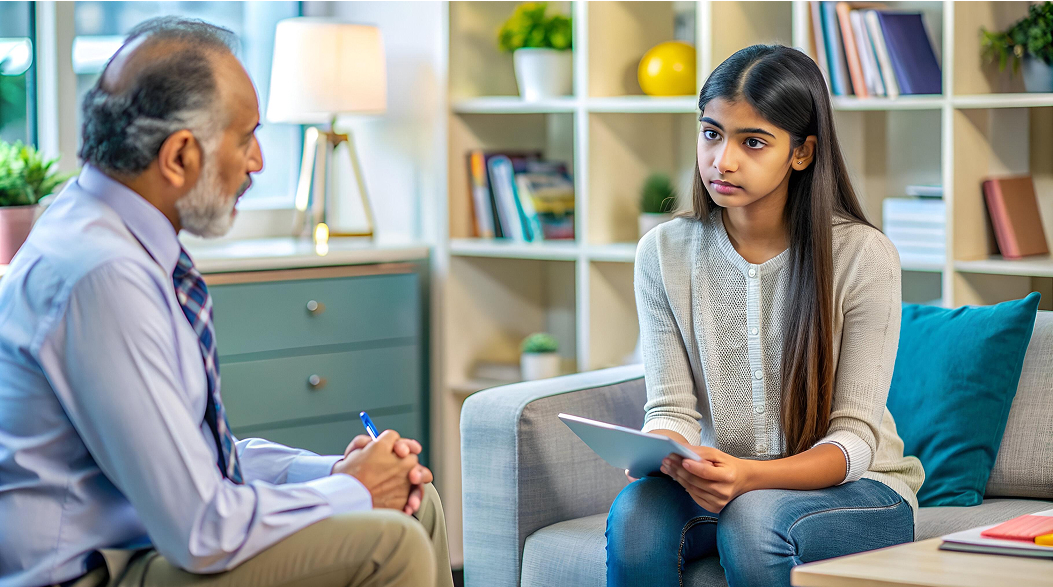Acupuncture
Acupuncture is an ancient Chinese practice that involves inserting thin needles into specific points on the body. It aims to balance energy flow and promote healing, making it a popular complementary therapy for various health conditions.

Acupuncture is a biofeedback technique, based on the concept of balancing the body's energy, or Qi, to improve health and well-being. This therapy is widely used today for its potential to alleviate pain and treat various ailments.
What is Acupuncture?
Acupuncture involves the insertion of very fine needles into specific points on the body, known as acupuncture points. These points are believed to be connected by pathways, or meridians, through which Qi flows. By stimulating these points, acupuncture aims to restore the balance of Qi, thereby improving health. The practice dates back over 2,500 years and has evolved to include various techniques such as electro-acupuncture and acupressure.
Benefits of Acupuncture
Acupuncture offers several emotional and physical health benefits. It is commonly used to treat chronic pain, migraines, and stress-related conditions. Studies have shown that acupuncture can help reduce inflammation, improve blood circulation, and promote relaxation. Long-term benefits include better pain management, reduced stress levels, and an overall improvement in quality of life.
The Process of Acupuncture
The process begins with an initial assessment, where the practitioner takes a detailed health history and identifies the areas that need treatment. During a typical session, which lasts about 30 to 60 minutes, the patient lies comfortably while the practitioner inserts needles into specific points. The number of needles and their placement depend on the individual's condition. The number of sessions varies based on individual needs, but many people notice improvements after a few treatments. Sessions are usually scheduled weekly or bi-weekly, and the duration of treatment varies depending on the patient's response and the nature of their condition.
Details for Acupuncture
Signs of a skilled acupuncturist include a thorough initial consultation, clear explanations of the treatment plan, and a gentle, precise needling technique. It's important to feel comfortable and trust your practitioner, as a positive therapeutic relationship enhances the treatment's effectiveness. Progress can be gauged by improvements in symptoms, increased relaxation, and overall well-being.
How to Get Started with Acupuncture
Finding a qualified acupuncturist involves researching their credentials and verifying their license. Preparing for your first session includes wearing loose clothing and being ready to discuss your health concerns openly. To make the most of your acupuncture therapy, attend sessions regularly, follow any aftercare advice, and communicate any changes in your condition to your practitioner.
Other information on Acupuncture
Biofeedback combined with acupuncture requires in-person sessions to insert and monitor the needles accurately. This therapy uses biofeedback devices to enhance the effects of acupuncture by providing real-time data on physiological changes. It cannot be conducted via phone or video-conferencing.
Frequently Asked Questions (FAQ)
-
Does acupuncture hurt?
Most people experience minimal discomfort, often described as a slight tingling or pressure.
-
Is acupuncture safe?
When performed by a trained professional, acupuncture is considered safe with few side effects.
Try XYCHIATRY today
- See how it works in real-time. Take a quick self-assessment or walk through a sample patient case. No signup required.

